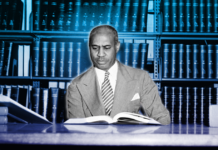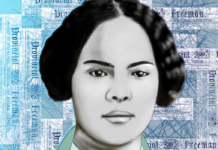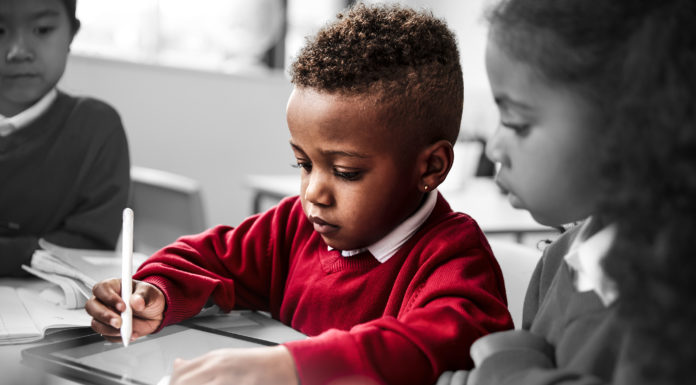It’s February which means its Black History Month. It’s the time of the year in which we focus on the often-forgotten contributions of black Americans. Schools all over the country are rushing to cram lessons and programming into their schedule. This is a good thing, but sometimes the school’s black history and cultural celebrations can be a little lacking, leaving students wanting more.
How can schools and classrooms avoid lackluster lessons and programming? How can teachers and admin get and keep their students’ attention during black history month?
- Don’t wait until February
If you waited until now to start teaching students about the contributions of black people, then you have made a mistake. Just because Black History Month comes once a year, doesn’t mean that’s the only time you should teach it. As a matter of fact, the tendency of schools to not teach black history as part of their regular curriculum is ironically the reason people thought we needed a Black History Month to begin with.
- Lessons should be relevant to standards already being taught
People often labor under the false impression that black history is its own genre of subject matter, but that really isn’t the case. Black people have been in British-North America since at least 1619 and maybe even before. Meaning that there is no unit in a US History class that can be discussed absent the contributions of black Americans. From the American Revolution to today, black people have played an integral part in every major development in US history. Meaning there is no need to treat Black History Month like a break or hiatus from “important” content.
- Remember black history is not just for black students
It’s easy to focus on black students during February. However, it’s important to remember that white students should know black history too. After all, black students learn all about the contributions of white people in America, but it should work the other way around too.
- Don’t forget current events and figures
Black history didn’t stop after the assassination of Dr. Martin Luther King Jr., but that is usually how we teach it. There have been a number of events that’s have happened relatively recently that are worthy of inclusion in a black history lesson. Moreover, students will likely have prior knowledge of these events which will drive engagement and enable better conversation. Additionally, there are also black people living today that are worthy of inclusion in those “important black figures” conversations that we have in school. We don’t have to wait until they die to include them.
Unfortunately, many schools are only reluctantly participating in black history month because they feel like they have to, and yet, they wonder why their students are not fully engaged. If you treat Black History Month like a chore, students will view it as a chore. Embracing it as a school goes a long way to getting students to take it seriously.









